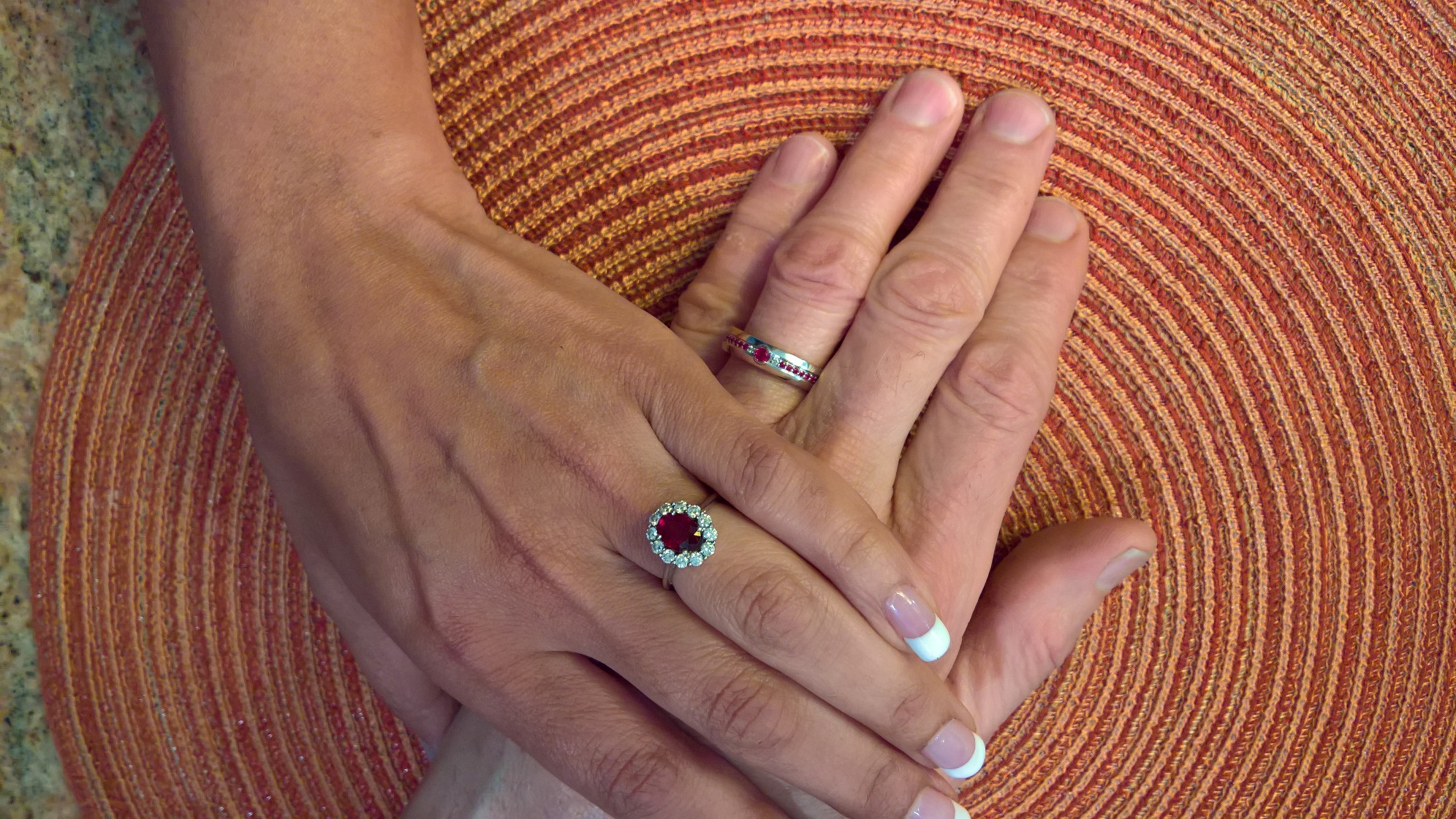
Freshwater Pearls
Although originally produced in Japan, 90% of the world’s freshwater pearls now come from China. Unlike other pearls on the market, freshwater pearls typically do not come from an oyster at all. Most are farmed in varieties of freshwater mussels,
particularly Hyriopsis cuminigii. Freshwater pearls are generally irregular in shape but new farming and pearl-enhancement technology produce more round pearls in a new array of colors in sizes up to 9.5mm. Freshwater pearl harvests are typically bought while in the shell. Because they are plentiful, they are the most
affordable pearls and are widely used in jewelry.
CORNMEAL AND WAX?
In their natural state, freshwater pearls are not marketable for jewelry and require enhancements. After cleaning and sorting, they are pretreated in a warm and cold chemical solution. Unless they have a strong color, they are bleached. At this point some are dyed to provide the dazzling rainbow colors that inspire fashion jewelry. Finally all receive that finishing touch: they are polished with a mixture of cornmeal and wax. Now they’re ready to make their way in the world.
THE SMALL, PROLIFIC TRIANGLE SHELL
Though only 5cm to 6cm long, each triangular-shaped Hyriopsis cuminigii receives 12 to 16 grafts of mantle tissue rather than a round nucleus. The tissue is placed directly into a mussel’s mantle to initiate nacre production and the shell produces an
amazing up to 40 pearls. These pearls range in size from 4.0mm to 10.0mm, but larger ones are less likely.











